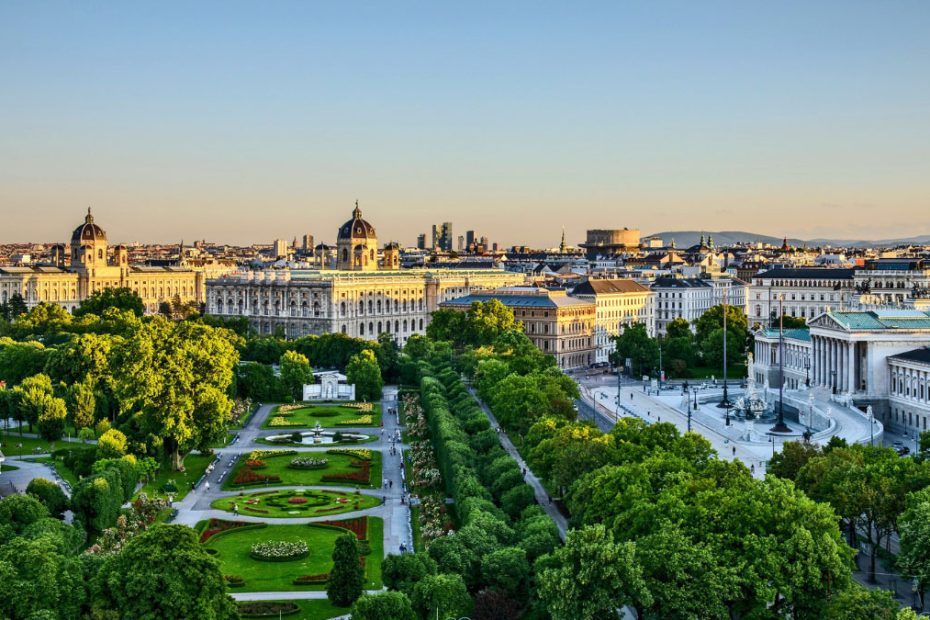Planning a quick trip to Vienna? This enchanting city, with its rich history, stunning architecture, and vibrant culture, can be a bit overwhelming if you’re short on time. But don’t worry, I’ve crafted the perfect 2-day itinerary to help you make the most of your visit.
Key Takeaways
- Rich History and Culture: Vienna offers a deep dive into history with attractions like Hofburg Palace, Kunsthistorisches Museum, and the Vienna State Opera, showcasing the city’s cultural and historical heritage.
- Walkability: The compact and walkable nature of Vienna makes it convenient to explore major attractions by foot, helping visitors discover both iconic sites and hidden gems.
- Culinary Delights: Savor the famous Viennese coffee culture, local wines from the Weinviertel region, and traditional Austrian cuisine in renowned cafes and markets.
- Efficient Planning: Preparing in advance by booking tickets online, choosing well-located accommodations, and using public transportation like the Vienna City Card helps maximize your time and experience.
- Seasonal Highlights: Vienna has year-round appeal, from vibrant summer activities and outdoor cafes to the festive ambiance of winter markets, making any season a good time to visit.
- Embrace the Music: Experiencing a classical music concert or opera at iconic venues like the Vienna State Opera offers a quintessential Viennese experience and enriches your cultural exploration.
Why Visit Vienna?
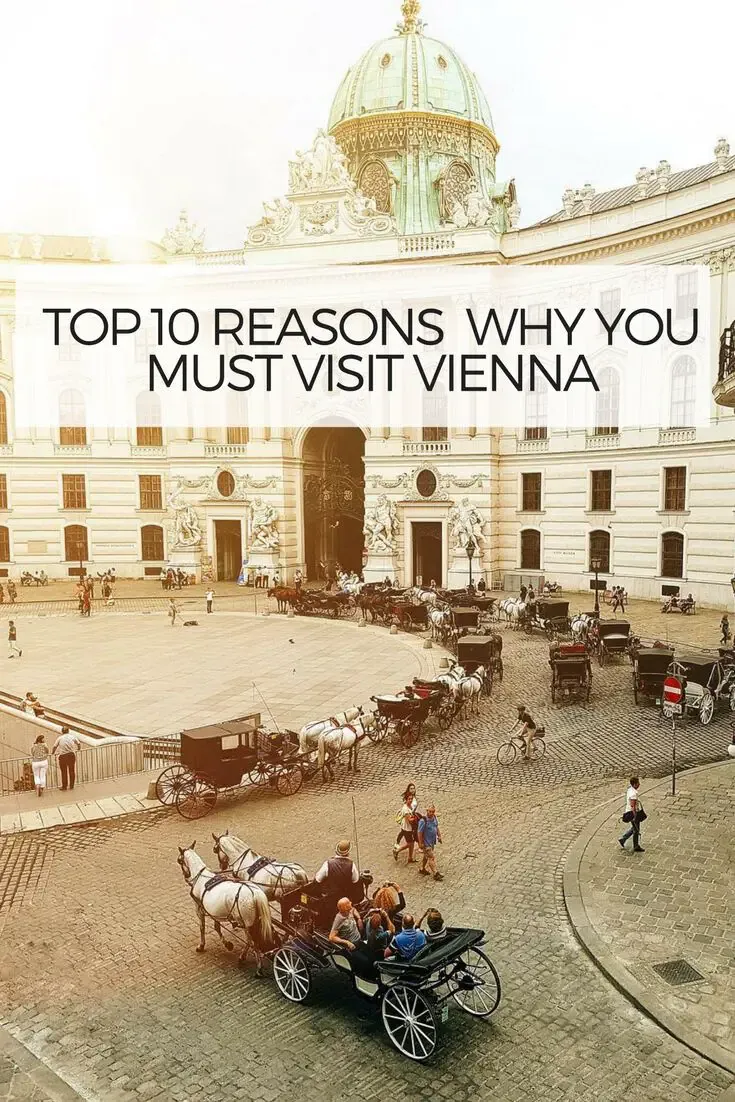
Vienna, the capital of Austria, seamlessly blends rich history with modernity. The city offers an intoxicating mix of imperial grandeur and vibrant modern life, making it a must-visit destination.
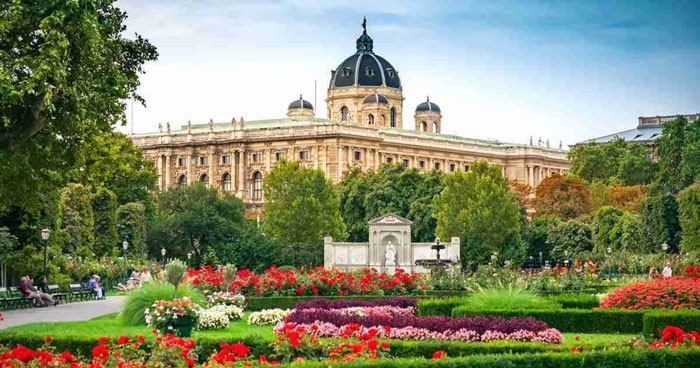
History and Culture
Vienna is steeped in history, art, and culture. Home to numerous museums, palaces, and opera houses, it showcases the city’s rich heritage. For instance, the Kunsthistorisches Museum houses vast collections of art, while the Hofburg Palace provides a glimpse into the Habsburg dynasty’s opulent lifestyle. The Vienna State Opera, one of the leading opera houses globally, offers world-class performances that music lovers shouldn’t miss. Immerse yourself in Vienna’s history and culture, and you’ll find it a feast for the senses—complete with incredible music, divine cake, and delicious wines.
Compact and Walkable
Vienna is wonderfully compact and easily walkable. Exploring on foot is both convenient and enjoyable. The city’s layout allows you to visit several attractions without needing extensive transportation. Strolling down the Ringstrasse, you’ll see iconic sites like the Austrian Parliament Building and the Vienna City Hall. This walkability also makes it easy to discover hidden gems and local favorites that might not be on the typical tourist radar.
Food and Wine
Vienna is a paradise for foodies and wine lovers. The city’s famous coffee culture is best experienced in its traditional coffeehouses, where you can savor various coffees and pastries. Notable establishments like Café Sacher and Café Central offer unique experiences. Also, Vienna’s proximity to the Weinviertel wine region provides opportunities to immerse yourself in the local wine culture. You can enjoy a variety of wines, including the renowned Grüner Veltliner, while visiting local vineyards or wine taverns (Heurigen).
Vienna’s blend of historical charm, walkable streets, and culinary delights ensures that you’ll have a rich experience in just two days.
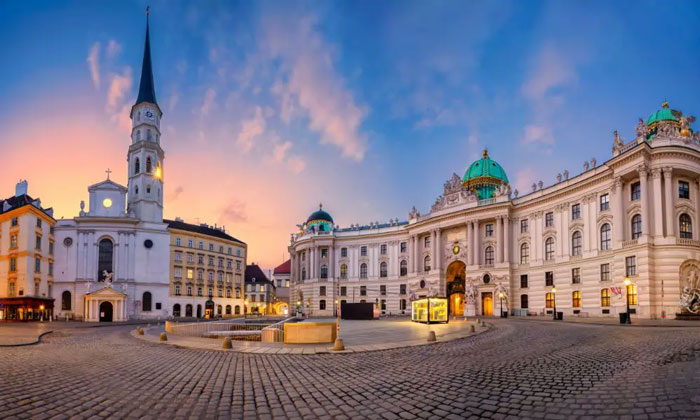
Preparing For Your Trip
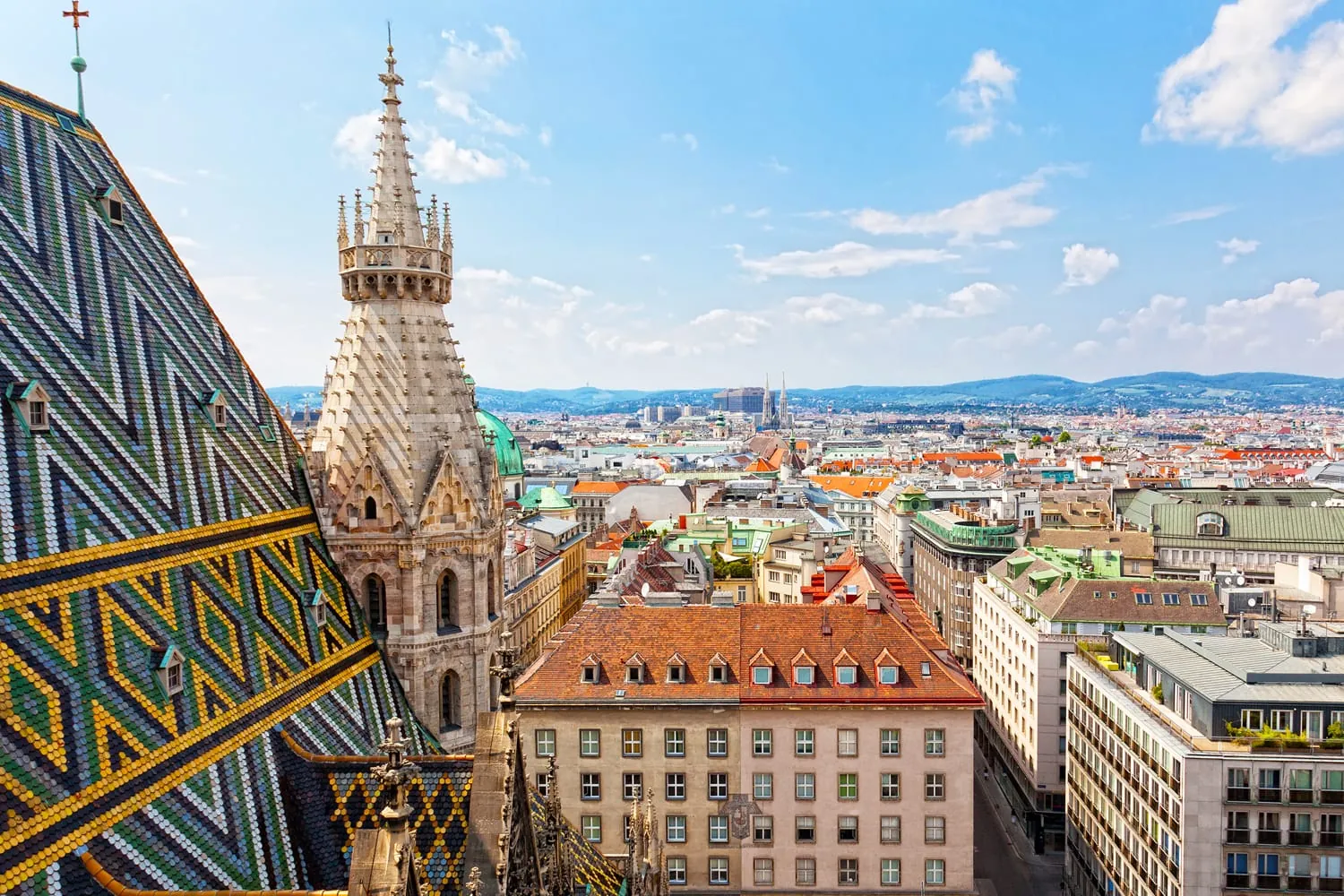
A little planning helps ensure a smooth Vienna trip. Consider key factors like language, currency, safety, and packing specific to the season.
Best Time To Visit
Vienna’s charm is present year-round, but choosing the best time depends on your preferences. Summer months (June to August) offer warm weather and vibrant outdoor activities. It’s ideal for exploring parks, cafes, and open-air events. Winter (December to February) transforms the city with festive Christmas markets and a magical atmosphere. Spring (April to May) and fall (September to October) bring mild temperatures and fewer tourists, making it excellent for sightseeing.
How To Get There
Getting to Vienna is easy, thanks to its central European location. By train, Vienna connects to many major cities like Berlin, Munich, and Budapest. Comfortable high-speed trains save time and offer scenic views. Flights to Vienna International Airport (VIE) are available from numerous international destinations. From the airport, take the City Airport Train (CAT) or the S-Bahn for quick access to the city center. Driving is also an option, with well-maintained highways linking Vienna to neighboring countries.
Where To Stay
Choosing the right accommodation improves your Vienna experience. The Innere Stadt (First District) is perfect for its proximity to major attractions like St. Stephen’s Cathedral and the Hofburg Palace. For a more local feel, consider the Neubau (Seventh District), known for its trendy boutiques and vibrant nightlife. Prater (Second District) offers green spaces and the famous Prater amusement park. Booking accommodation close to public transportation saves time on commutes. Popular options include hotels, guesthouses, and Airbnb rentals, catering to various budgets and preferences.
Day 1: Exploring The Heart Of Vienna
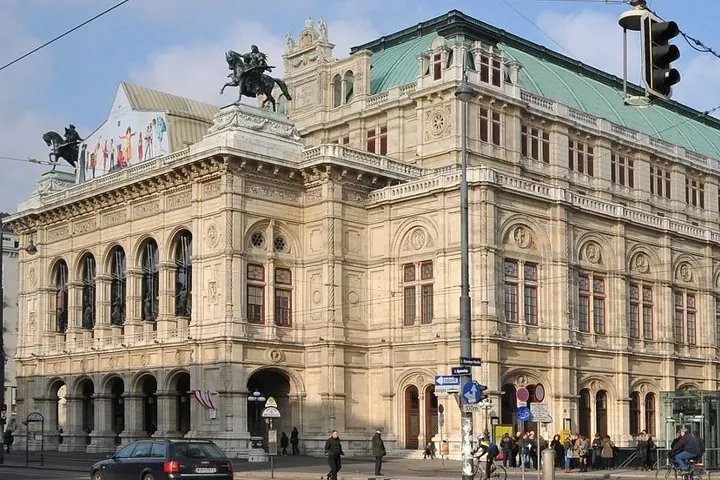
Vienna’s heart offers a mix of history, culture, and art. Start your day at one of the city’s iconic landmarks and spend the day discovering its significant museums and palaces.
Morning: Stephansplatz And St. Stephen’s Cathedral
Starting the day at Stephansplatz, I explored one of Vienna’s most famous spots. St. Stephen’s Cathedral, a remarkable Gothic structure, stands at its center. Inside, the cathedral’s stunning architecture and historical artifacts captivated me. I opted for a guided tour, which provided insights into its history. Those seeking adventure can climb the south tower for panoramic city views. The 343 steps lead to an impressive vantage point, making the effort worthwhile.
Midday: Hofburg Palace And The Spanish Riding School
Midday, I visited Hofburg Palace, the former imperial residence. The palace’s extensive complex now includes museums and the Austrian president’s office. After exploring the opulent rooms, I made my way to the Spanish Riding School. The renowned Lipizzaner stallions’ performances were a unique highlight. Watching the precise equestrian displays in the historic arena was a memorable experience.
Afternoon: Museum Quarter And Kunsthistorisches Museum
In the afternoon, the Museum Quarter offered a rich cultural experience. As one of the largest cultural complexes globally, it houses various museums. I focused on the Kunsthistorisches Museum, which boasts an extensive art collection. Masterpieces by artists such as Raphael and Vermeer are part of the impressive exhibits. The meticulously curated galleries showcased artworks spanning centuries.
Evening: Dinner And A Walk Along The Danube
Evening was perfect for a scenic walk along the Danube. Strolling by the river, I enjoyed Vienna’s calm ambiance. For dinner, I chose a riverside restaurant, savoring traditional Austrian cuisine. The relaxing environment, combined with views of the illuminated city, created a serene end to the day.
Day 2: Discovering Vienna’s Classic Charm
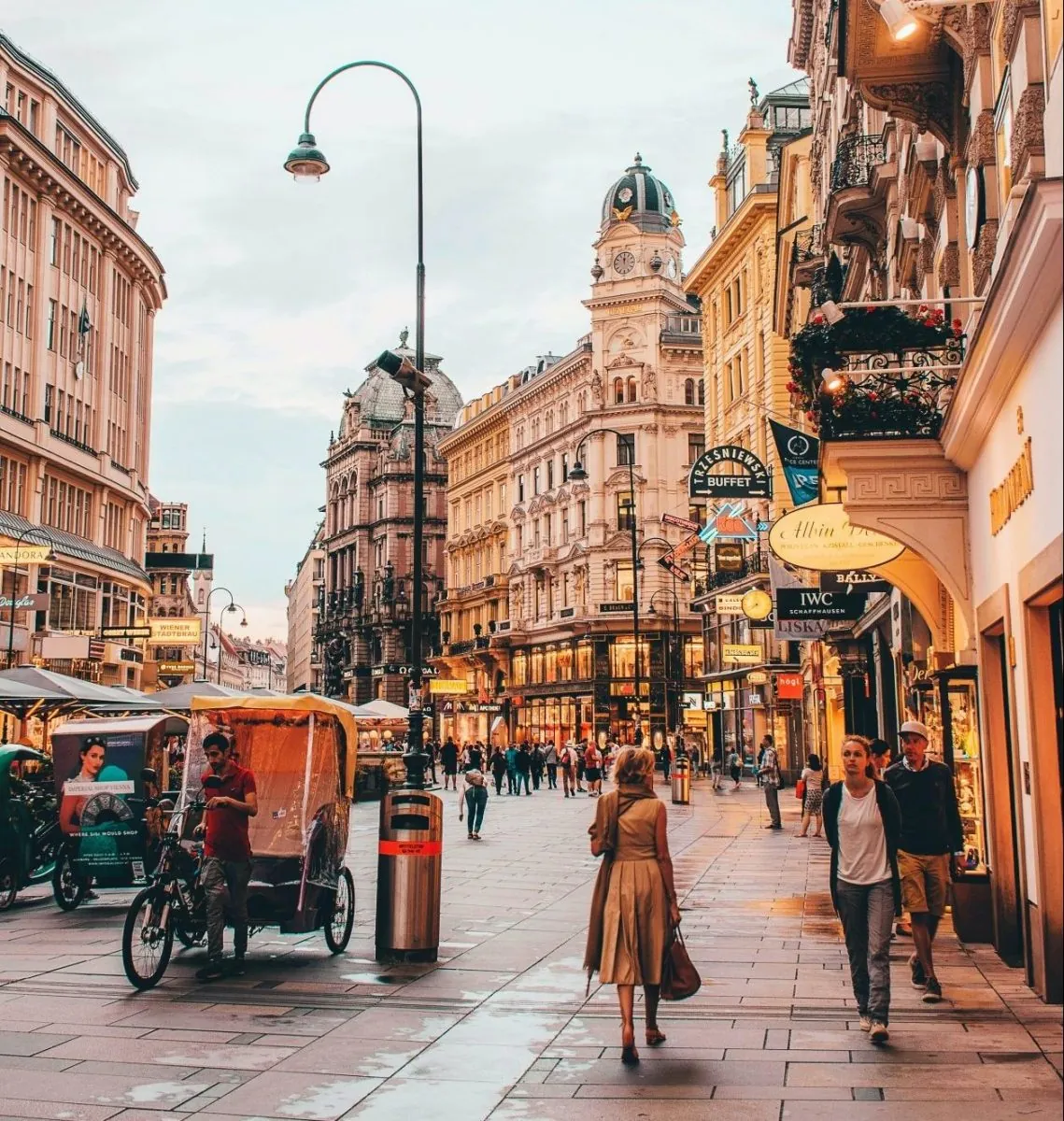
On the second day, let’s embrace Vienna’s regal elegance and vibrant culture. This itinerary highlights some of the city’s most iconic landmarks and culinary delights.
Morning: Schönbrunn Palace And Gardens
Begin the morning at Schönbrunn Palace, the former summer residence of the Habsburg monarchs. This architectural marvel offers a guided tour of its opulent interiors, giving a glimpse into the life of Austrian royalty.
Walk through the stunning gardens, which are free to enter. If desired, there are extra activities available, such as visiting the zoo or exploring the maze and Gloriette, each charging a separate fee.
Pro Tip: Use the side entrances to access the gardens for a less crowded experience.
Midday: Naschmarkt And Local Cuisine
For lunch, head to Naschmarkt, Vienna’s most popular market. This bustling market features a wide array of fresh fruits, vegetables, and international dishes. Try traditional Austrian foods at one of the many stalls or dine at one of the adjacent restaurants.
On Saturdays, the market hosts a flea market, providing an excellent opportunity to shop for unique souvenirs and vintage items.
Afternoon: Belvedere Palace And Gardens
Spend the afternoon at the Belvedere Palace, known for its stunning Baroque architecture and magnificent art collections, including works by Gustav Klimt. Wander through the Upper Belvedere to view “The Kiss” and other masterpieces.
Stroll the terraced gardens connecting the Upper and Lower Belvedere, offering spectacular city views and beautifully landscaped grounds.
Evening: Classic Music Concert Or Opera
End the day with a classic music concert or opera, a quintessential Viennese experience. Secure tickets in advance for renowned venues like the Vienna State Opera or Musikverein. Enjoying a live performance of works by Mozart, Beethoven, or Strauss adds a perfect cultural finish to the day.
Tips For Making The Most Of Your 2 Days In Vienna
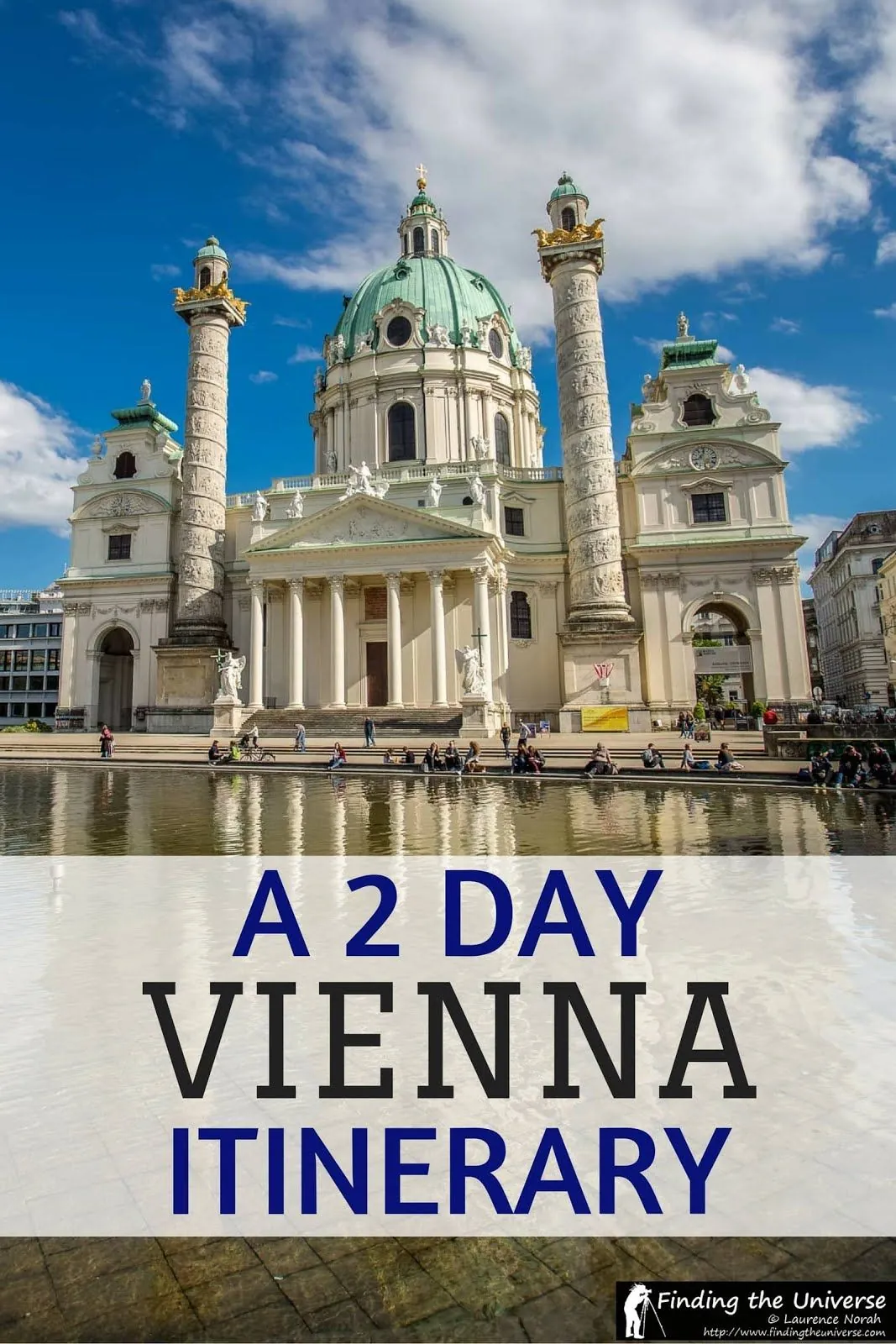
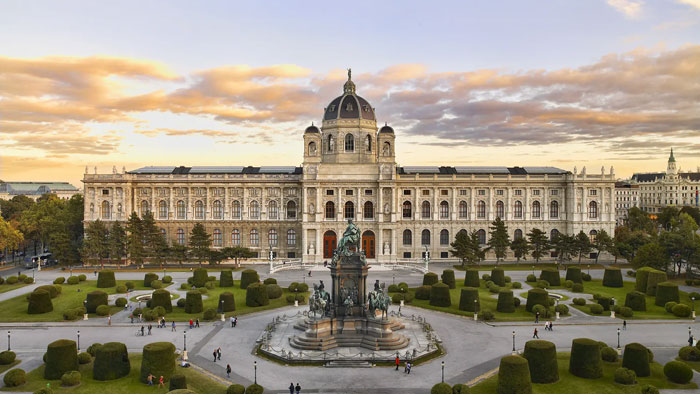
Book Tickets Online in Advance
Purchase tickets for popular attractions like Schönbrunn Palace and the Spanish Riding School before your trip. This avoids long lines and ensures entry. Booking in advance lets you secure preferred time slots, maximizing your schedule.
Plan Your Itinerary
Create a detailed itinerary covering must-see sights such as St. Stephen’s Cathedral, Hofburg Palace, and the Vienna State Opera. Include time for exploring unique neighborhoods like the Museum Quarter. Having a plan in place helps you cover more ground efficiently.
Use Public Transportation
Vienna’s public transportation system is efficient and well-connected. Buy a Vienna City Card for unlimited access to buses, trams, and metro lines. This card offers discounts at various attractions and restaurants, adding value to your trip.
Pack Comfortable Shoes
Vienna is a walkable city, so pack comfortable shoes for easy exploration. Many streets and squares are best experienced on foot, providing an immersive view of the city’s architecture and daily life.
Take Advantage of Free Attractions
There are several free attractions worth visiting. Stroll through Stadtpark to see the famous statue of Johann Strauss. Visit the historic Naschmarkt for a taste of local cuisine. Walk around Karlsplatz and admire the Karlskirche church’s baroque beauty.
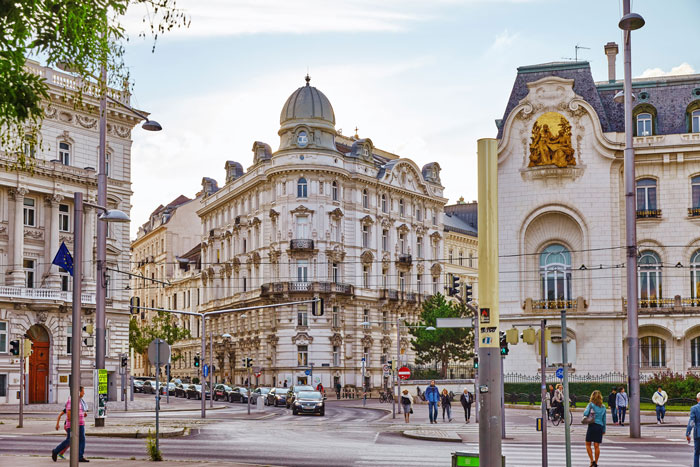
Savor Local Cuisine
Try traditional Viennese dishes at local restaurants. Sample Sachertorte at a classic café. Eat wiener schnitzel at a local tavern. Visit a heuriger in the Grinzing area for authentic Austrian wine and hearty dishes.
Experience Viennese Coffee Culture
Spend some time at a Viennese coffeehouse. Enjoy a melange coffee and unwind in a serene ambiance. Historic cafes like Café Central and Demel offer rich experiences and glimpses into Vienna’s cultural history.
Enjoy Green Spaces
Vienna has numerous parks and gardens. Visit Schönbrunn Palace Gardens and take a leisurely walk. Explore Prater Park for a ride on the historic Ferris wheel, offering panoramic views of the city. Enjoy the lush environment without a rush.
Capture Memories
Take plenty of photos to capture Vienna’s beauty. Iconic spots like the Belvedere Palace and Hundertwasserhaus offer unique backdrops. Snap pictures of intricate architectural details and vibrant street scenes. Create lasting memories of your trip.
Attend A Concert Or Opera
Vienna is famous for its music scene. Attend a classical music concert at the Musikverein or an opera at the Vienna State Opera. These venues offer world-class performances and a chance to experience Vienna’s musical heritage firsthand.
Use Time Wisely
Maximize every moment of your two days. Start early to take advantage of quieter mornings at popular sites. Plan meal breaks during less busy hours. Balancing sightseeing with short rest periods keeps you energized and engaged.
Engage With Locals
Interact with locals to enrich your experience. They can offer insights and recommendations. Friendly conversations at markets, cafes, or even on public transportation can provide a deeper connection to Vienna’s culture.
Optimize your stay by following these tips, ensuring a memorable and well-rounded exploration of Vienna’s charm and offerings.
Conclusion
Vienna’s blend of history culture and modern charm makes it an unforgettable destination. Whether you’re wandering through its grand palaces or savoring a slice of Sachertorte in a cozy café the city offers something for everyone. By planning ahead and making the most of your two days you’ll be able to experience the best of what Vienna has to offer. From the iconic Stephansplatz to the serene green spaces there’s no shortage of sights to see and memories to make. So pack your bags and get ready to explore this magnificent city.
Frequently Asked Questions
What is the best time of year to visit Vienna?
Vienna is beautiful year-round, but spring (April to June) and fall (September to October) are ideal for pleasant weather and fewer crowds.
How can I make the most of a two-day visit to Vienna?
Plan a detailed itinerary, book tickets in advance, use public transportation, and wear comfortable shoes. Focus on key attractions and local experiences.
Are there free attractions in Vienna worth visiting?
Yes, many. Don’t miss the historic Stephansplatz, Hundertwasserhaus, and the lively Naschmarkt. Enjoy walks in city parks like Stadtpark and Burggarten.
What are some must-try local dishes in Vienna?
Sample Wiener Schnitzel, Sachertorte, and Apfelstrudel. Also, don’t miss out on experiencing the traditional Viennese coffee culture.
How accessible is Vienna for walking and public transportation?
Vienna is highly walkable with well-connected public transportation, including buses and the U-Bahn. It’s easy to navigate the city without a car.
What should I know about visiting Vienna’s museums?
Many museums offer combined tickets or discounts. The Museum Quarter is a must-visit, with various options catering to art, history, and culture enthusiasts.
Can I attend a classical music concert or opera in Vienna?
Absolutely! Vienna is renowned for its classical music scene. Book tickets in advance for iconic venues like the Vienna State Opera or Musikverein.
What tips do you have for photographing Vienna?
Capture the city’s charm by photographing landmarks like Hofburg Palace, Schönbrunn Palace, and the Vienna State Opera, ideally during the golden hour for the best lighting.
How does engaging with locals enhance the Vienna experience?
Engaging with locals can provide deeper insights into Viennese culture and history. Locals often share hidden gems and recommend authentic dining spots.
Is it beneficial to book tickets for attractions in advance?
Yes, booking tickets in advance can save time and ensure entry to popular sites like Schönbrunn Palace and Vienna State Opera, especially during peak tourist seasons.

